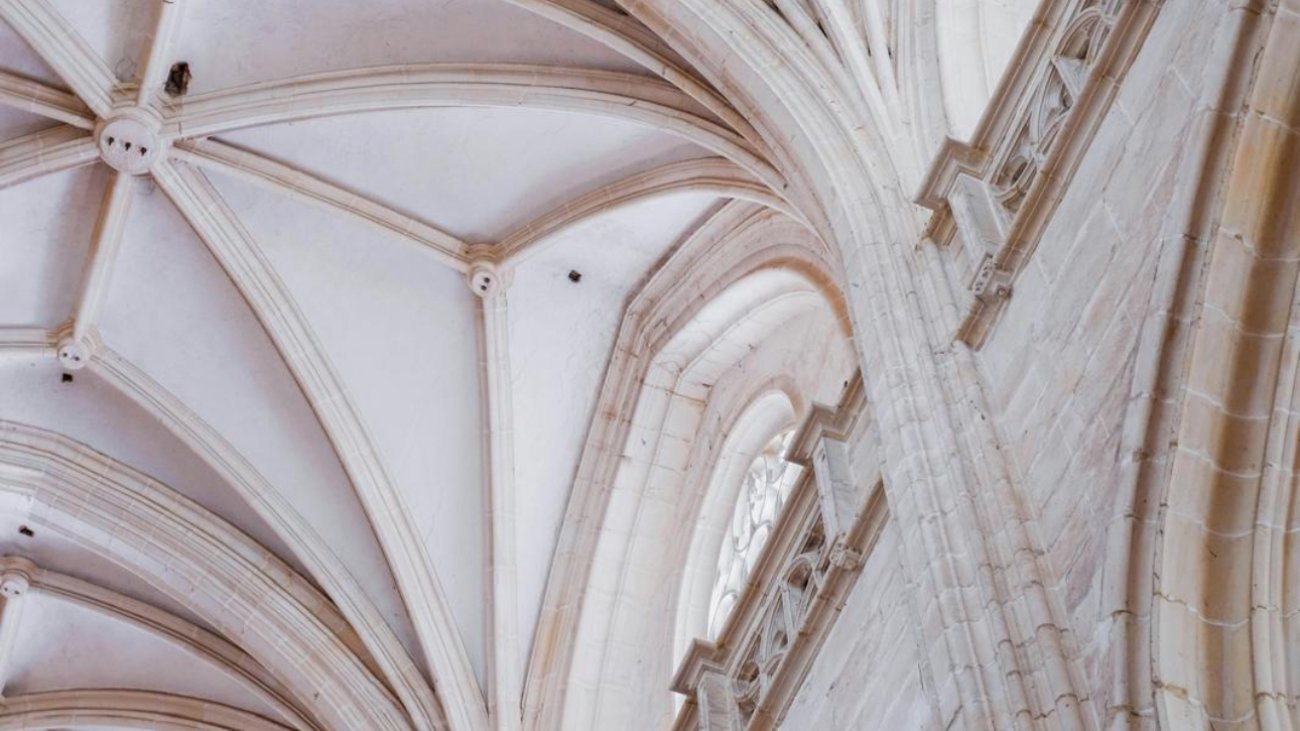Restoring and preserving historical buildings are highly complex issues. Honoring the past is an essential part of preserving these buildings, but embracing the future is equally as important to keep these structures standing. Though challenging, my experience as an architect with the historic restoration and adaptive reuse of three office buildings at Nissequogue River State Park gave me a deeper insight into this issue. Detail discussion about Analyzing Historical Building Restoration and Preservation Through the Nissequogue River State Park Project.
One of the biggest challenges in historical buildings’ renewal is maintaining the structural integrity of the building while still maintaining its original aesthetics. You don’t want to lose the authenticity of a building during this intricate process. Every building must respectfully serve its community and environment. When it comes to historical preservation, this means that the space must respect its historical legacy but also meet the needs of modern-day users. This is especially important to me as an immigrant from Europe, where we have countless gorgeous historical buildings.
Attempts to revitalize historical buildings with such rich cultural heritage need to be approached with care. A thorough assessment of the building’s condition and historical significance is a must, as this gives you a foundation for a restoration strategy. Any professionals working on such a labor-intensive project need to engage in significant research on the building before making any changes to incorporate modern technology into traditional craftsmanship.
Take the Nissequogue River State Park project, for example. The project involved the work on three buildings within the former Psychiatric Center complex. The historical structures had to remain true to the original designs, which meant it required significant collaboration between historians, architects, and even local artisans to ensure that the final result was both authentic and functional. Now, the park’s main building is in preparation to be renewed, requiring even more professional input.
During this initial research stage, professionals working on the project also need to consider sustainability. As an architect with LEED AP BD+C certification, my expertise was especially useful during the Nissequogue River State Park project. I am also an Envision Sustainability Professional (ENV SP), a credential that assists me in making important decisions regarding sustainable and resilient infrastructure.
In the Nissenquogue project, we focused on sustainable materials that would endure the elements while minimizing environmental impact. We used locally sourced materials and building techniques that minimized waste and energy consumption. These strategies not only preserved the environment but also helped to support the local economy. We also focused on how natural light impacts the buildings and worked to highlight original architectural features. We also chose materials based on both durability and aesthetics, so the final project came out beautifully.
In my experience, I also find that advanced imaging and mapping technologies like 3D laser scanning or photogrammetry are essential in documenting the conservation of heritage buildings. These technologies capture accurate, detailed representations of buildings, giving us precise data that helped us precisely and efficiently plan the renewal project. This technology also helped us to facilitate better collaboration and communication between teams with so much diversity. Using Building Information Modeling (BIM) tools, for example, we were able to make dynamic visualizations of the plans, so our decisions were fully data-based and gave stakeholders more opportunities to be involved with the process.
Overall, historic building restoration and preservation is a massive responsibility. Workers on the project need a deep understanding of the past and a commitment to the future to respect the delicate balance between the two. As architects, we pride ourselves on reviving landmarks, telling the story of our ancestors one building at a time.
About the Author
Dorota Gocal is a highly skilled woman architect with experience in historic building restoration and preservation. Her background in architecture and passion for sustainable design have led her to countless restoration projects around the world. Her next adventure is to become a Registered Architect in New York, acquire a PMP certification, and begin an MBA program in the near future.


